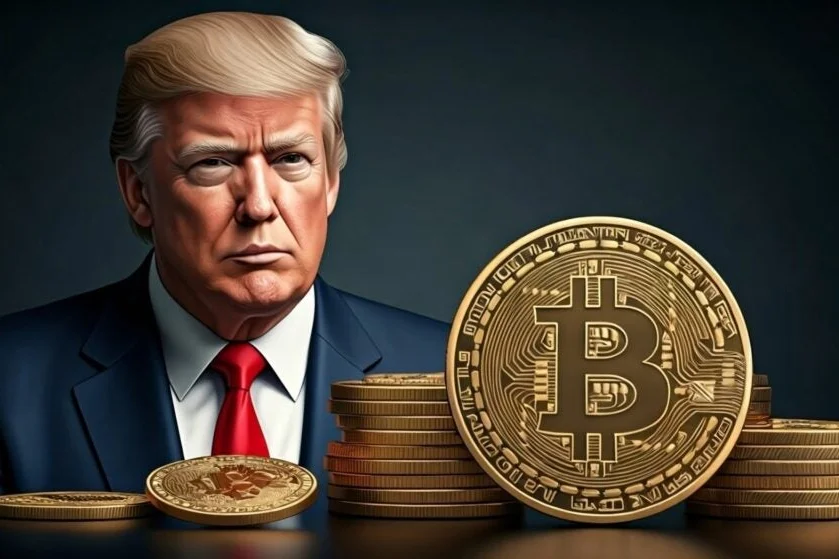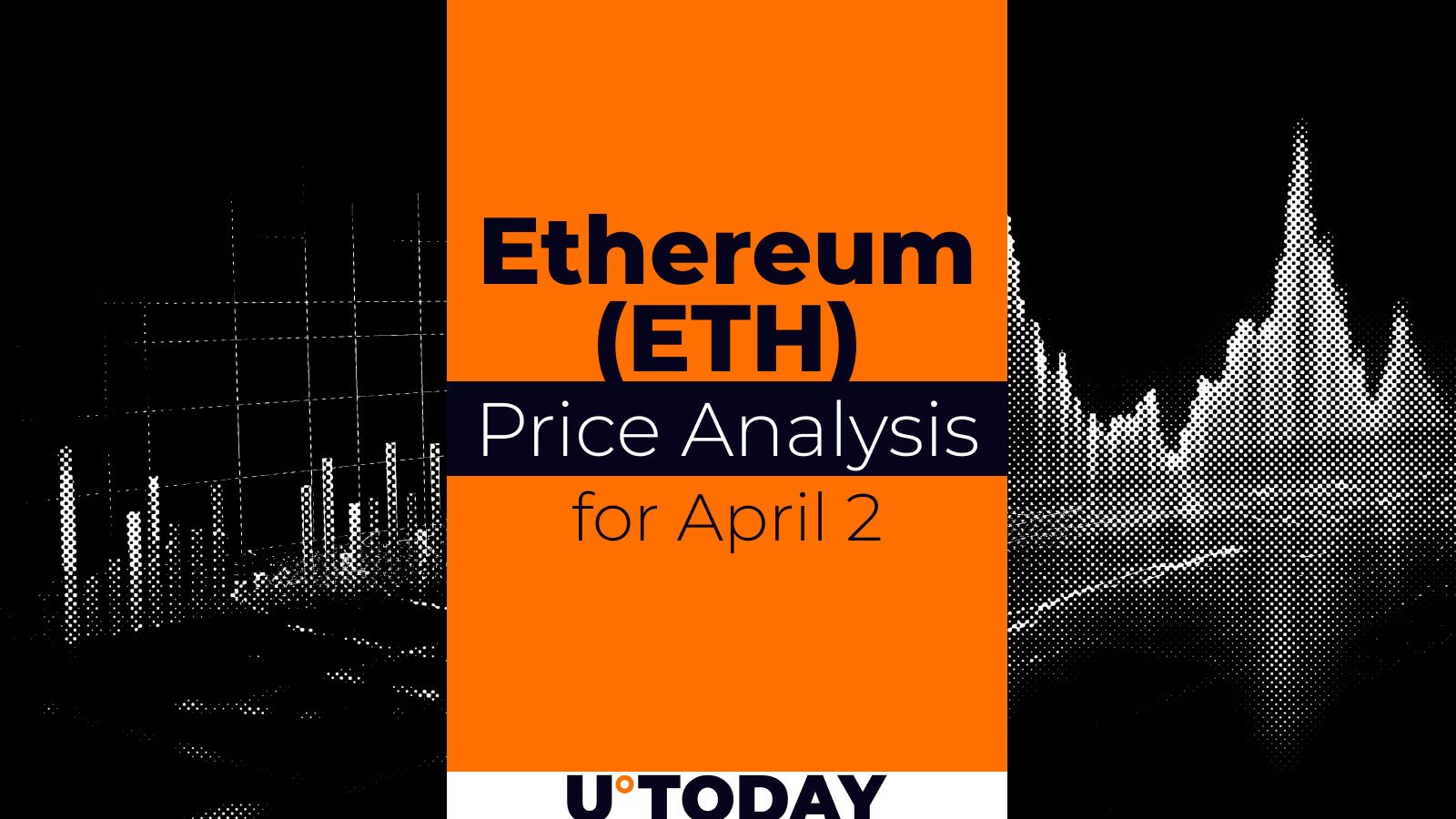Decoding the Economic Implications of Dogecoin’s Surge: A Closer Look
In the ever-evolving world of cryptocurrencies, one particular meme coin has been making waves: Dogecoin (DOGE). While it started as a lighthearted, Shiba Inu-themed digital currency, recent market trends have commodity strategists and economists taking a second look. Some observers believe that Dogecoin’s price movements could be reflecting larger economic shifts, particularly those influenced by trade policies.
Understanding the Connection Between Dogecoin and Trade Policies
Dogecoin’s price fluctuations have undeniably been influenced by various factors, including social media hype, celebrity endorsements, and community sentiment. However, a more in-depth analysis reveals that trade policies could be playing a role as well.
One of the primary drivers of Dogecoin’s surge in 2021 was the ongoing U.S.-China trade tensions. As negotiations between the two economic superpowers stalled, investors began seeking alternative investment opportunities. Dogecoin, with its affordable entry price and large, active community, became an attractive option.
What Does This Mean for Individual Investors?
For individual investors, the potential correlation between Dogecoin and trade policies could mean increased volatility in the short term. As global economic conditions continue to evolve, investors should be prepared for potential price swings in the cryptocurrency market, including Dogecoin.
- Stay informed: Keep up-to-date with global trade news and economic indicators to gauge potential market reactions.
- Diversify your portfolio: Spread your investments across various assets, including traditional stocks, bonds, and cryptocurrencies.
- Risk management: Implement a risk management strategy, such as stop-loss orders, to minimize potential losses.
Global Implications: The Broader Economic Impact
The potential connection between Dogecoin and trade policies extends beyond individual investors. The broader economic implications could be significant, particularly for developing countries and emerging markets.
As investors continue to seek alternative investment opportunities due to uncertain global economic conditions, cryptocurrencies like Dogecoin could become increasingly popular. This could lead to increased financial instability in countries with weak regulatory frameworks and high levels of debt.
Moreover, the growing popularity of cryptocurrencies could challenge traditional financial institutions and central banks, potentially leading to a shift in the global financial landscape.
Conclusion: Navigating the Interconnected World of Cryptocurrencies and Trade Policies
The connection between Dogecoin and trade policies serves as a reminder of the interconnected nature of today’s global economy. As investors and observers, it is essential to stay informed about economic trends and their potential implications on various markets, including cryptocurrencies.
By staying informed, diversifying your portfolio, and implementing risk management strategies, you can navigate the volatile world of cryptocurrencies and trade policies with confidence. As the global economic landscape continues to evolve, it is crucial to remain adaptable and prepared for potential changes.





